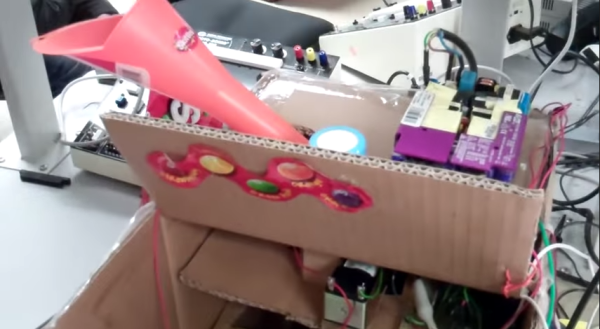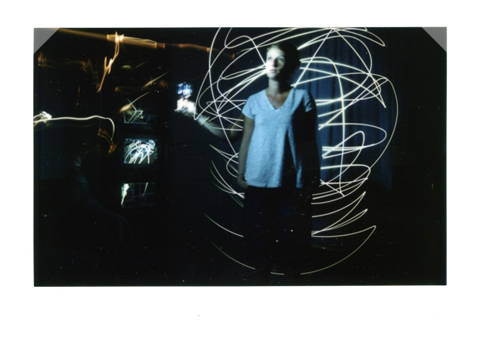While prepping for the upcoming apocalypse, the [prepforshtf] folks had time to design and build an automatic chicken feeder. It’s a very simple design (the best kind) that is made from standard PVC drain pipe. The pipe is positioned vertically and filled with chicken feed. A T-joint at the bottom of the pipe allows chickens to access the food inside. As food is eaten away, gravity pulls more food down to the feeding area.
That sounds pretty straight forward but it quickly became clear that checking the food level was a chore, almost as much as just feeding the chickens everyday. To remedy the requirement to constantly check the food level, the automatic feeder system was taken apart and modified to include a level indicator. Now, inside the 4-inch pipe resides a plate that resembles a butterfly valve.
This plate doesn’t control the flow of feed like a normal butterfly valve would, the feed actually holds the plate in a vertical position until the feed level drops below the plate. Since the plate has a heavier side, it will rotate when the feed no longer holds it in position. A large red pointer was attached to the plate’s axle and, since it is on the outside of the feeder, it allows a clear indication that the feeder needs a refill.
This is a great project that shows that even simple projects can be very beneficial in everyday life. With no electronics or batteries to fail, this feed indicator will certainly be very reliable. No doubt the chickens will be happy. Check this out for a more involved electricity-powered feeder.
















